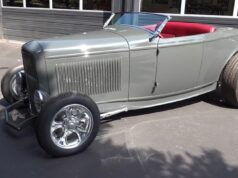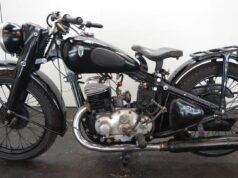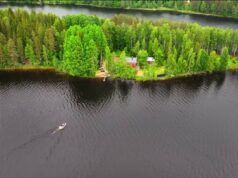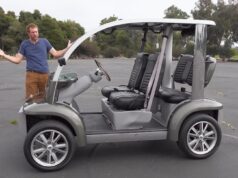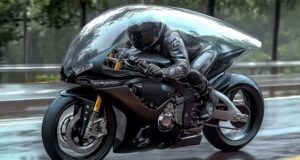Roller coaster amusement rides have origins which date back to ice slides constructed in 18th-century Russia. Early technology featured sleds or wheeled carts that were sent down hills of ice reinforced by wooden supports. The technology evolved in the 19th century to feature railroad track using wheeled cars that were securely locked to the track. Newer innovations emerged in the early 20th century with side friction and underfriction wheel technologies to allow for greater speeds and sharper turns.
source.image: Jared Owen
As roller coasters grew in popularity, experimentation in coaster dynamics took off. In the 1880s, the concept of a vertical loop was again explored by Lina Beecher, and in 1895 the concept came into fruition with Flip Flap Railway, located at Sea Lion Park in Brooklyn, and shortly afterward with Loop the Loop at Olentangy Park near Columbus, Ohio, as well as similar coasters in Atlantic City and Coney Island. The rides exerted dangerously high G-forces, and many passengers suffered whiplash. Watch the video from Jared Owen for more info:
How do roller coasters work? A roller coaster is a machine that uses gravity and inertia to send a train of cars along a winding track. The combination of gravity and inertia, along with g-forces and centripetal acceleration give the body certain sensations as the coaster moves up, down, and around the track.
Advertisement
A wooden coaster has a track consisting of thin laminates of wood stacked together, with a flat steel rail fixed to the top laminate. Steel coasters use tubular steel, I beam, or box section running rails. The supporting structure of both types may be steel or wood. Traditionally, steel coasters employed inversions to thrill riders, whereas wooden coasters relied on steep drops and sharp changes in direction to deliver their thrills.


